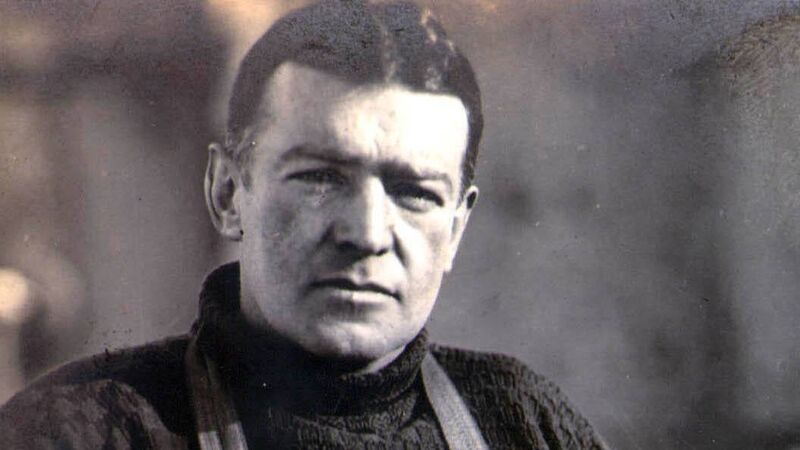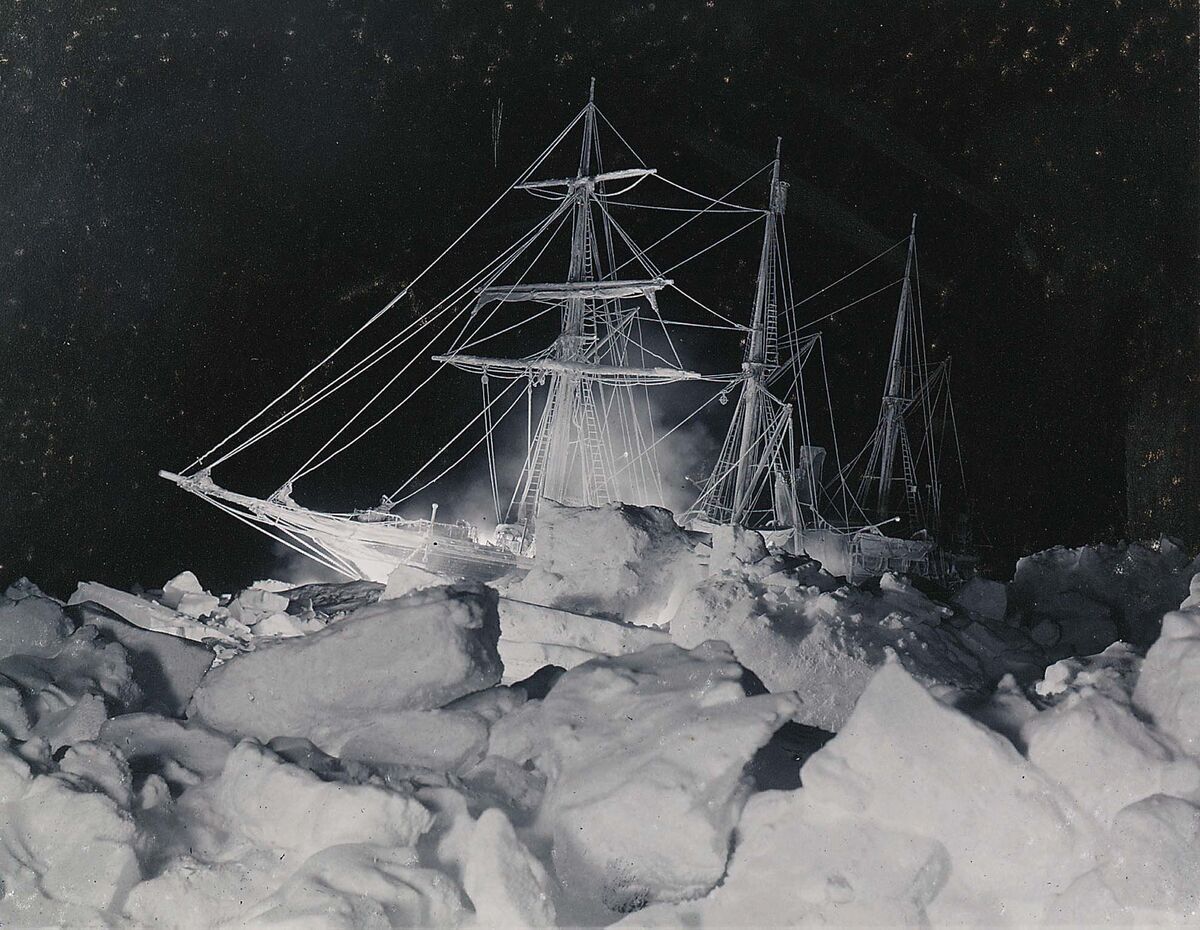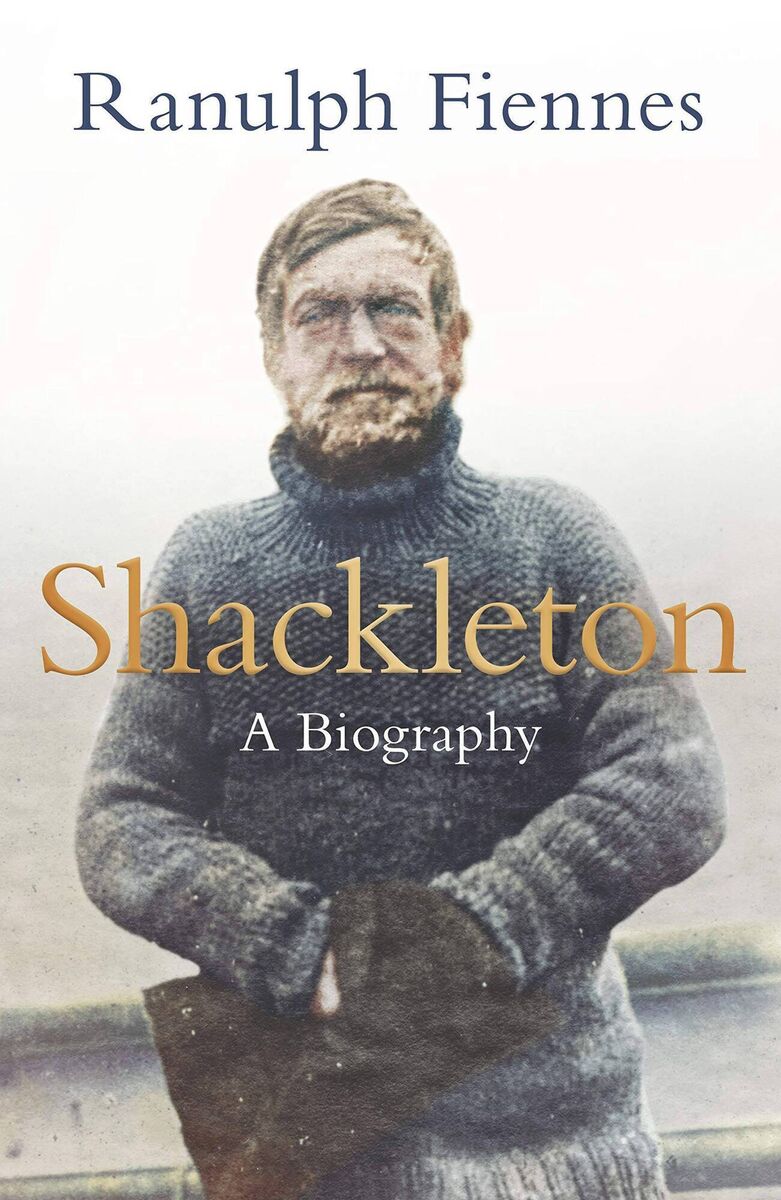Book review: Ernest Shackleton's rich life explored in new biography

Ernest Shackleton made three expeditions to the Antipodean world that will forever mark him as one of the great frontiersmen. Picture: PA
THE era of polar exploration which enthralled the world’s imagination in the several decades before and after the turn of the 19th century threw up some extraordinary characters. There was the famous Scott of the Antarctic, who fired the passion of nations; the Norwegian Roald Amundsen who, in the face of fierce competition, became the first man to conquer the South Pole.
Similarly in the Arctic others had set pulses racing: Nansen, the Norwegian who had skied across Greenland; the unfortunate John Franklin who died trying to forge the northwest passage in the 1840s. The German Wilhelm Filchner attempted a trans-continental crossing of the Antarctic. Other minor players attested to the grip on the imagination that these ice explorers held. However, as thrilling as it was at the time, it was a fad, and fads pass.
However, it was Ernest Shackleton from Co Kildare who captured people’s hearts above all. The extrovert, tale-teller, charmer of women, seducer of ‘high’ society, alms-giver, and persuader of governments, contrived, from a position of near impoverishment, to carry out three expeditions to the Antipodean world that will forever mark him as one of the great frontiersmen.
He was born in Kilkea, Co Kildare, just outside Athy in 1874. Where most mentions of Shackleton refer to him as a British explorer he was, by definition, Irish. Fiennes duly acknowledges this but this volume could have done with more details of his first decade on Earth. After all, it amounted to over a fifth of his entire life. There is little to explore how a Catholic farmer’s son from Kildare came to take on the ambitions of the British Empire. The family upped sticks to Sydenham in south London when Ernest was 10.
By all accounts he was very restless at school, exceptionally bright, but restless. One teacher recalled him as the most pig-headed, obstinate boy he had ever come across. Early on, he felt the irresistible draw of the sea and found work on several excursions as a merchant seaman.
He completed his apprenticeship in 1894 after voyages to Chile, India and Australia and aged 20 in 1894 passed the Board of Trade exams as second mate. In 1896 he passed first mate exams. When difficulties arose with poor morale on some of these trips, Shackleton would tell stories to the crew from the Bible or from other of his readings. Early signs of leadership.

Having initially been rejected for Scott’s South Pole expedition in the Discovery from 1901 to 1904 he was accepted after a highly-placed contact intervened. This was to be the first expedition sponsored by the Royal Geographic Society and its president Clements Markham, who was driven to make Britain the leader in Antarctic exploration. The expedition succeeded in pushing further south than any previous one had managed — to a latitude of 82 degrees south. However, Shackleton became ill and had to be sent home. In Scott’s own words he was described as an ‘invalid’. The term was to dog him as the years unfolded.
His wife Emily had written of his yearning for exploration that “it was his own spirit, a soul whipped on by the wanderfire”. Despite the illness Shackleton’s leadership qualities kept brimming to the surface with colleagues remarking that he was “a top marvel of intelligent energy” and was “full of flashing new ideas”.
Fiennes here makes one of multiple asides into the text to relate his own formidable tales. That his manifold achievements are worthy of high regard is not in question: That he scatters this book with them, and those of his late wife Ginny is. To wit: Scott and Shackleton encountered navigation difficulties at McMurdo Sound. Fiennes relates how he came to value a theodolite in similar circumstances. As Scott’s party had to trim their load to make it back safely, the book should have trimmed Fiennes’s weight, for a more readable return.
Shackleton’s second great expedition from 1907 to1909 was aboard the Nimrod and the mission was indisputable: to become the first man in the planet to claim the South Pole. The difference to his first venture south was that this time he called the shots. A motivating factor was to beat Scott to the mark and claim the glory for himself. Under extreme conditions, the mission failed but he did succeed in making it to 88 degrees south which was within 100 miles of the pole. He had some extraordinary luck on the Nimrod and barely escaped with his life after the ship had to retreat from the encroaching ice, Of the risks he faced, he attempted to reassure his wife, writing: “My own darling Sweeteyes and Wife. Think kindly of me … Remember… your husband will have died in one of the few great things left to be done.” This absolutely compelling life story builds and builds but is constantly interrupted by the writer giving his experience of similar situations. Again an instance with how Fiennes lost his fingertips to the ice.

On March 7, 1912, some chilling news reached Shackleton. Amundsen had reached the South Pole the previous December. He was denied this chance of stardom but there were others. He regrouped and theorised that the crossing of the Antarctic continent was an expedition which would also blaze his name across the newspapers of the world and mark him as one of the greatest ever explorers.
He got the headlines all right but not in the way he would have foreseen. Assembling a largely new crew including Tom Crean, though with several of his former comrades including Frank Wild, the Kildare man set out in the Endeavour in 1914 as the incipient world war threatened to engulf the planet. Disaster strikes! The ship got trapped in pack ice and was abandoned. Regrouping, and realising the mission was lost, Shackleton set about saving his men. Having camped for a period on the sea ice they took to the most dangerous waters in the world to sail 557km to Elephant Island. Now the fun started.
There was no hope of being saved on Elephant Island so he picked five men and sailed in a refashioned lifeboat, the James Caird, 1,330km to a whaling station on South Georgia. The men then had to cross a mountain range to reach the station before effecting a rescue. He could have expected to lose all his men but he saved them all. Invincible stuff.
In the next few years he undertook several missions for the war effort before deciding on a final Antarctic journey with an unclear goal. It was his last. He died at the age of 47 in Grytviken and was buried there.
In his short life he accomplished a huge amount, pushing forward the boundaries of human endeavour so that others might follow. Yet, his wife and children were abandoned for large passages of time, often stretching to years. Was it worth it?
This is a story to set the pulse racing, to fan the flames of passion for exploration. However, this is an etiolated account, rarely capturing the urgency of the tale. This is not so much Shackleton: A Biography as, ‘Shackleton: A Biography with Incessant Interruptions of My Own Great Deeds’.
In the conclusion of this biography there is a quote from Shackleton’s contemporary explorer Raymond Priestly: “For scientific leadership give me Scott; for swift and efficient travel, Amundsen. But when you are in a hopeless situation, when there seems to be no way out, get on your knees and pray for Shackleton.”
- Shackleton: A Biography by Ranulph Fiennes
- Michael Joseph, €28



